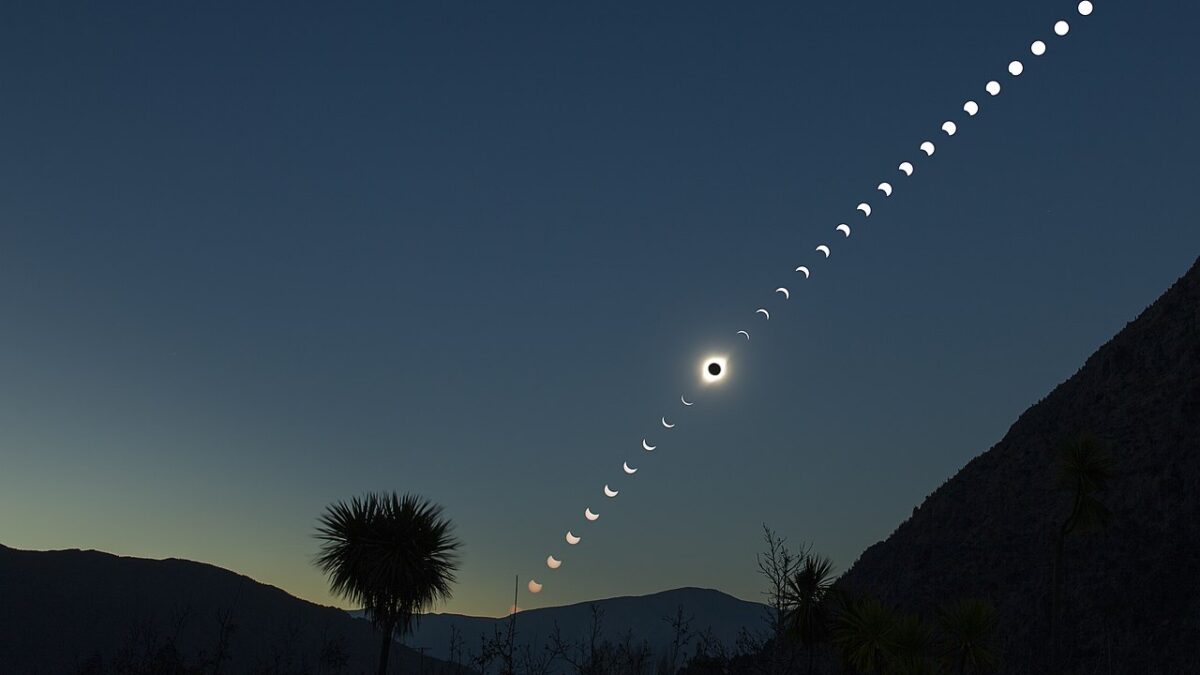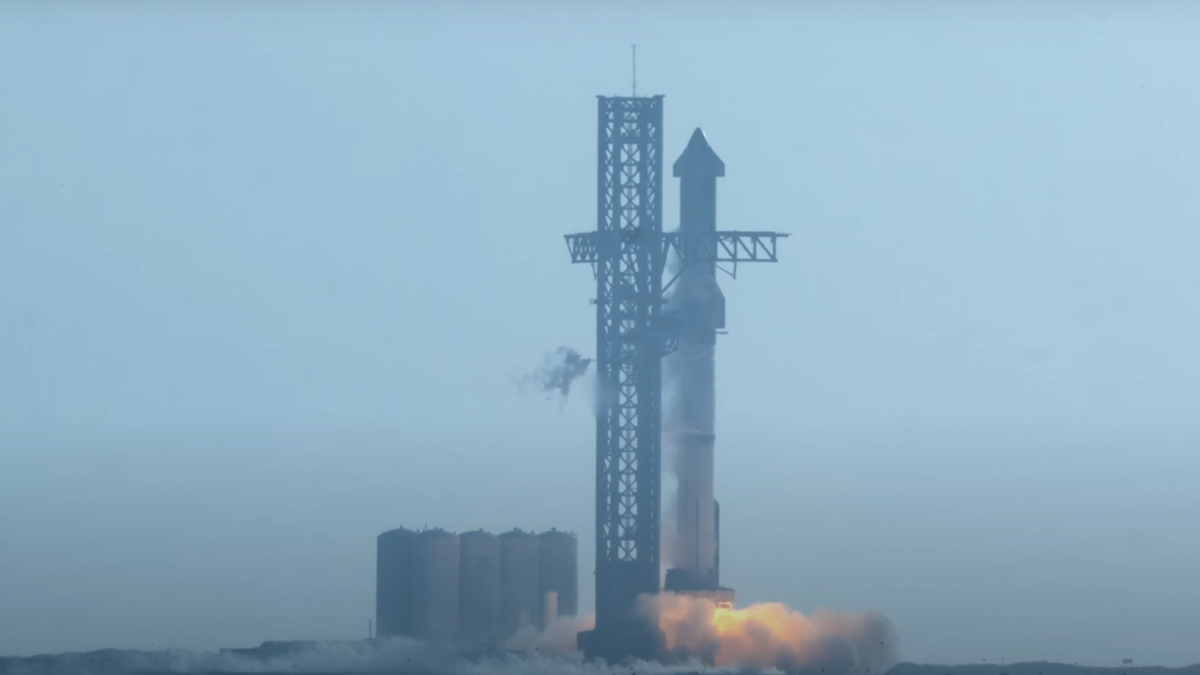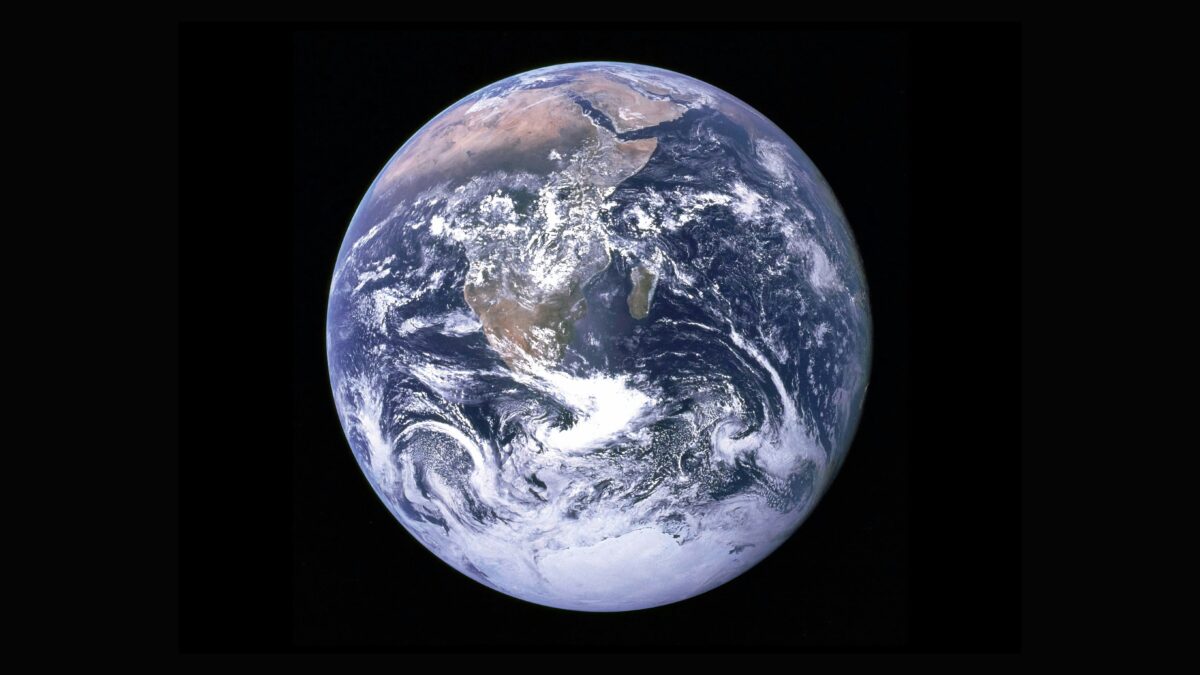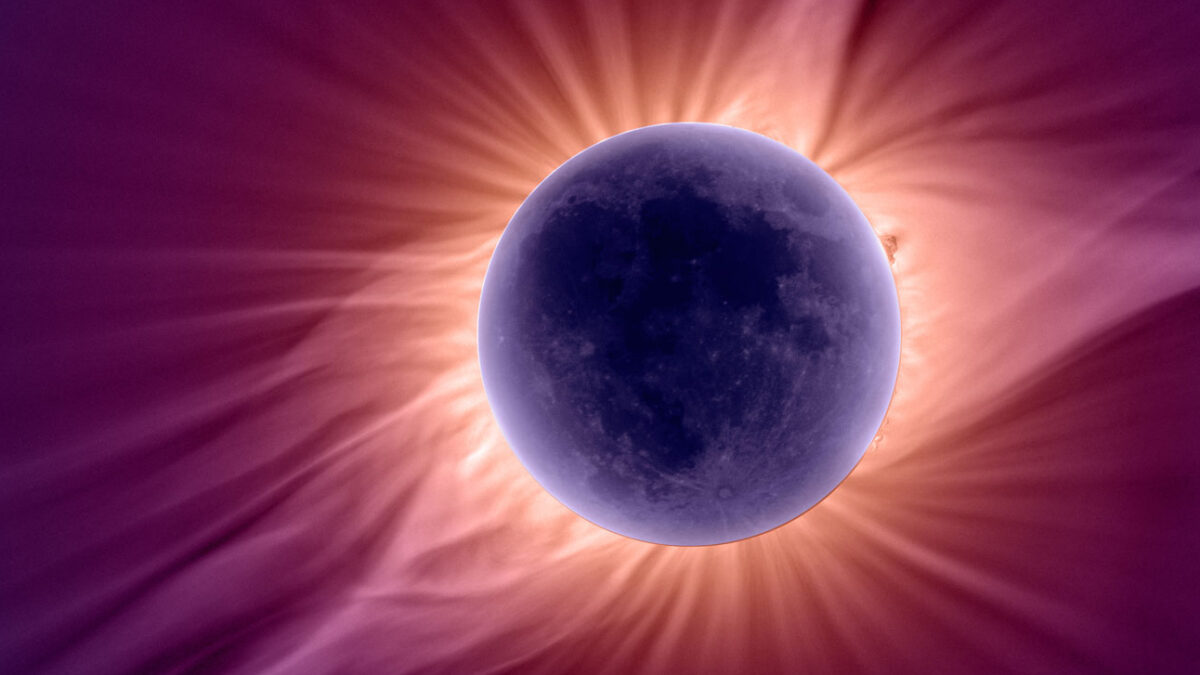
Despite being dropped like a hot potato from the enviable ranks of real planets, Pluto is enjoying some well-deserved time in the spotlight. New Horizons, an unmanned mobile space observation station made by NASA and Johns Hopkins University, has reached Pluto and sent back images and lots of information.
This is historic, and a good reminder that the space program is far from over, and new and exciting developments are being made in science. New Horizons is the first vessel that NASA has sent to Pluto, and then it’s on to the Kuiper Belt.
Over six weeks it filmed images while flying by Pluto and its biggest moon, Charon. These images were then combined with color from still images and turned into a film that brings to life the feeling of flying toward Pluto, then shows off the surface of the planet.
For more than 70 years Pluto was recognized as a planet. We had nine planets in our solar system, and our far-off and tiny neighbor was the friendly but distant shut-in at the end of the block. In 2006 all of this changed when it was downgraded to dwarf planet. Whether you still keep Pluto in your count of the planets or not, the new images issued by NASA are stunning and awe-inspiring, and show off its beauty.
Each image is worth viewing if you love space and have dreamed about places far from Earth. Enjoy these, then go watch the movie (it’s short) and see the rest.

Pluto has a giant heart on it. No fancy explanations needed, just look at this heart and smile for a moment.
 The outline of Pluto, surrounded hazily by a glow, is caused by processes NASA describes that, “likely involves sunlight-initiated chemical reactions of nitrogen and methane, leading to relatively small, soot-like particles (called tholins) that grow as they settle toward the surface. This image was generated by software that combines information from blue, red and near-infrared images to replicate the color a human eye would perceive as closely as possible.”
The outline of Pluto, surrounded hazily by a glow, is caused by processes NASA describes that, “likely involves sunlight-initiated chemical reactions of nitrogen and methane, leading to relatively small, soot-like particles (called tholins) that grow as they settle toward the surface. This image was generated by software that combines information from blue, red and near-infrared images to replicate the color a human eye would perceive as closely as possible.”
 Here’s a closer look at the haze layer, which is far from some simple fog like it appears from afar. It’s multiple bands circling Pluto, dipping to the surface at points and extending into space. Besides being worth a screen background, these layers interact with solar winds and affect Pluto’s atmosphere. Awesome.
Here’s a closer look at the haze layer, which is far from some simple fog like it appears from afar. It’s multiple bands circling Pluto, dipping to the surface at points and extending into space. Besides being worth a screen background, these layers interact with solar winds and affect Pluto’s atmosphere. Awesome.

If you’re looking at this and confused, it’s a color map of the different tones and textures extending across the planet. It’s clearest at the middle where it was closest to the cameras on New Horizons, and the technology on the station was able to catch images smaller than a football field in size.
 This mosaic of Pluto is a culmination of a campaign NASA called “Pluto Time.” The brightest point of the day on Pluto, at high noon, is the same as the way things on Earth look during moments that happen at dusk and at dawn. NASA asked people around the world to take pictures at exactly this moment and then combined them to form this mosaic, and they included a picture of the American man who discovered Pluto, Clyde Tombaugh. He and the telescope he spotted Pluto with are outlined in red.
This mosaic of Pluto is a culmination of a campaign NASA called “Pluto Time.” The brightest point of the day on Pluto, at high noon, is the same as the way things on Earth look during moments that happen at dusk and at dawn. NASA asked people around the world to take pictures at exactly this moment and then combined them to form this mosaic, and they included a picture of the American man who discovered Pluto, Clyde Tombaugh. He and the telescope he spotted Pluto with are outlined in red.
 Here are Pluto and Charon, showing both how alike and how different the two are. You can see Pluto’s heart, as well. NASA notes that this picture shows the two to scale in terms of size, but doesn’t realistically show how far apart they are.
Here are Pluto and Charon, showing both how alike and how different the two are. You can see Pluto’s heart, as well. NASA notes that this picture shows the two to scale in terms of size, but doesn’t realistically show how far apart they are.
 I know that we’re talking about Pluto here, and Charon is just its moon. These pictures have led scientists to speculate that long ago Charon had an ocean, or volcanos, and that’s caused a canyon deeper and longer than the Grand Canyon.
I know that we’re talking about Pluto here, and Charon is just its moon. These pictures have led scientists to speculate that long ago Charon had an ocean, or volcanos, and that’s caused a canyon deeper and longer than the Grand Canyon.

This one is far grainier than the other images because New Horizons took it while moving away from Pluto. The ship was already 100,000 miles away. Shown is Charon illuminated against the stars by light reflecting off Pluto.
 Here we see half of Pluto’s iconic heart-shaped formation, and a whole lot of ice. None of this ice is frozen water, and scientists think underneath may be an ocean, slowly freezing and cracking the surface.
Here we see half of Pluto’s iconic heart-shaped formation, and a whole lot of ice. None of this ice is frozen water, and scientists think underneath may be an ocean, slowly freezing and cracking the surface.
 Last, but by no means least, is the most high-definition view of Pluto’s surface. This one is also available as a movie.
Last, but by no means least, is the most high-definition view of Pluto’s surface. This one is also available as a movie.
For more information about New Horizons and its mission, the ship has its own website with updates on its progress and new pictures and images as it explores deeper in space.









